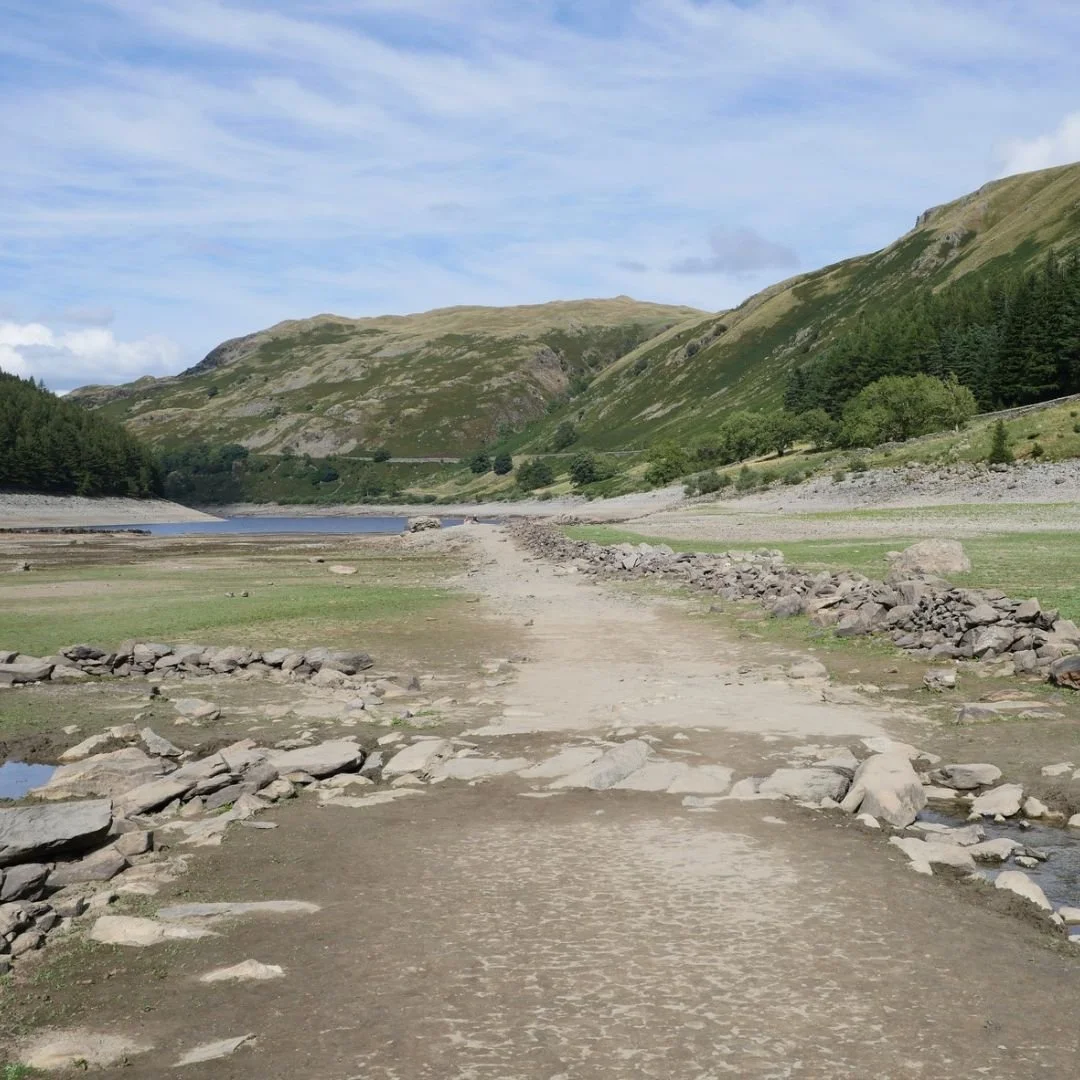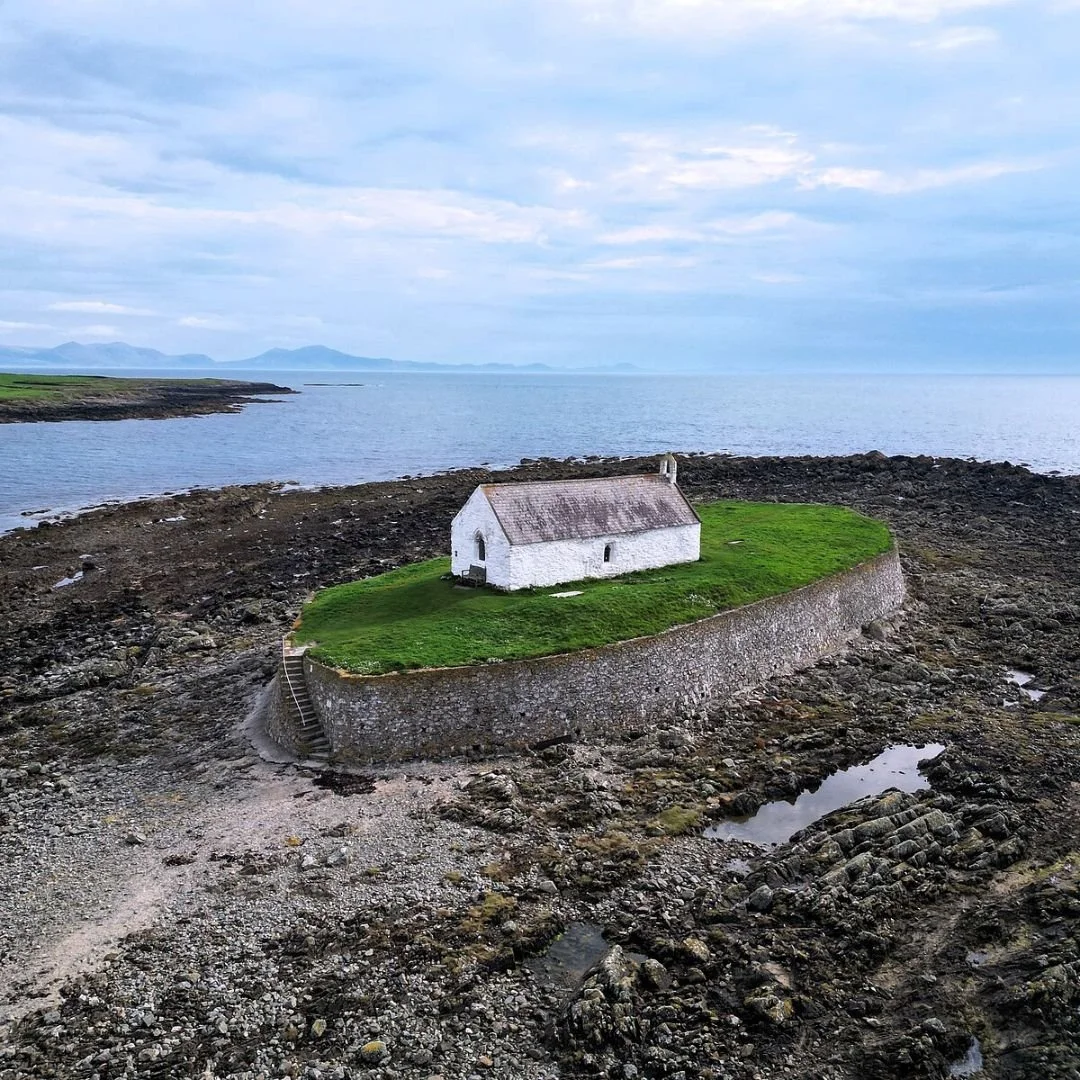Smugglers Cott, Cornwall: Grade II Gem
The Grade II listed Smugglers Cott, Cornwall has a legendary 600 year old history.
The 65 seater Restaurant specialises in Local Seafood and Prime Steaks along with its now famous Carvery.
The original building was built in 1420.
In 1590, the Main Merchants House was built using oak Timbers salvaged from the spanish armada.
A royalty of ú10 & 10 shillings was paid to the Queen for the salvaged beams, the same beams were also used for the constuction of St Nicholas in West Looe.
These beams can be clearly seen in the Cellar Restaurantcomplete with the original cargo mortices & grooves.
The Spanish Armada, known in Spanish as "La Armada Invencible" (The Invincible Armada), was a fleet of ships sent by King Philip II of Spain in 1588 to invade England during the reign of Queen Elizabeth I.
The Armada was intended to overthrow Protestant rule in England and restore Catholicism.
However, the Spanish Armada's attempt to invade England was thwarted by a combination of English naval prowess, strategic manoeuvres, and unfavourable weather conditions.
The Smugglers is so named because of the old hidden stone staircase and the old Smuggling tunnel that lead to the quayside.
In 1932, part of the cellar was discovered to be partitioned off and when the wall was removed the old tunnel was discovered along with a small room.
In 1990, master Carpenter Ivor Toms was undertaking refurbishment work at the restaurant and confirmed the story.
Ivor lived in part of the Smuugglers building from the late 1920's to the mid 1930's when he was a small boy and remembered well the workmen breaking through the wall.
He recalled: Everybody in the building watched as the room was uncovered, anticipating a hoard of treasure or Goodies would be uncovered.
But to no avail.... there were a few old rotton wooden boxes and some old wooden barrels.
In 1984, an attempt was made by the owner at the time to open up the tunnel as a feature.
After removing the mirror and stone wall, the tunnel could clearly be seen.
It was in a poor state and filled with sand, after excavating a few feet there was an enormous pile of sand, but the shoring beams of the tunnel could clearly be seen.
It was at this time that the tunnel was shored up and made safe - the tunnel was 3ft x 3ft.
The old Tunnel entrance can still be seen today in the cellar part of the restaurant and is located behind the old Dome top Mirror.
There are two Luck stones to be seen at this historic pub, on the stairs going down to the carving room.
These are quite a rarity. Back into the 16th Century Luckstones were considered to be very lucky and were normally situated in the home next to a comfortable chair or by the fire. If you rubbed the stone it was meant to bring you good kuck.
The rounder and more perfectly formed the stone was... then the luckier it was.
The two stones at the Smugglers were considered to be very good examples - these were unearthed in the old Main Restaurant Fireplace in 1990.
Someone who recently visited the pub said: “Make sure you add this restaurant to your list and book in advance as the food is amazing. Such an old building the ambiance is just perfect.
”Portion sizes are excellent and good value. The muscles are the best I've ever had. Faultless and thoroughly recommend.”
Another person added “Excellent food, great atmosphere and the staff were friendly and attentive.
”We had moules marinere and mussels with samphire to start, followed by Plaice and Salmon mains, with a lemon and ginger cheesecake and a flat white for dessert.
”The mussels were the stars of the show - next time, we are both going to have mussels for our mains instead!”
We strongly recommend that you book in advance, as they have limited tables.
The pub is situated in Looe - a small coastal town and fishing port in Cornwall.
It sits on the south coast of Cornwall, divided into two main parts: East Looe and West Looe, by the River Looe.
The two parts are connected by a bridge built in the 19th century.
Looe is known for its picturesque harbour, narrow streets, and historic buildings.
The town has a long history dating back to at least the medieval period, and its economy has traditionally been centred around fishing and maritime activities.
Today, while fishing remains important, Looe also relies on tourism, attracting visitors with its scenic beauty, beaches, coastal walks, and water activities such as fishing trips, boat tours, and kayaking.
During the summer months, Looe hosts various events and festivals, including the Looe Music Festival and the Looe Lugger Regatta, which celebrate the town's maritime heritage and cultural vibrancy.
Additionally, Looe offers a range of amenities such as shops, restaurants, cafes, and accommodations for visitors exploring the Cornwall coast.
It’s a lovely place to explore for your next trip to Cornwall!
If you enjoyed this blog post, please follow Exploring GB on Facebook for daily travel content and inspiration.
Don’t forget to check out our latest blog posts below!
Thank you for visiting Exploring GB.





















